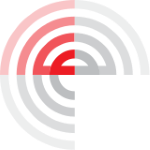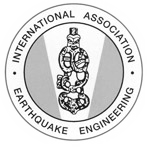Description
On Sunday 22 March 2020, while most of Europe was experiencing lockdowns to contain the COVID-19 pandemic, a Mw5.3 earthquake hit the capital of Croatia. The event caused damage to buildings and critical infrastructure in the Zagreb city centre and surrounding villages. While the intensity of the earthquake and the resulting casualties and damage are minor in comparison to past events worldwide, its timing makes it worthy of investigation. After an earthquake, there is only a small window of opportunity to gather perishable data. The pandemic and the unprecedented restrictions imposed on air-travel made it impossible to launch a traditional earthquake reconnaissance mission in a suitable time frame. To gather damage data on this earthquake, a team of UK researchers worked remotely and alongside a Croatian team of seismic engineers and practitioners. Together, they explored how the use of a standardised app-based data collection tool and a spatial data infrastructure for data managing and mapping can support remote earthquake damage reconnaissance missions. First of its kind, this initiative is particularly important considering the uncertainty surrounding this novel virus and the possibility that we may see more of these events in the future.
The paper offers an overview of how the circumstances of this event and the paucity of data on the Web prompted the idea of remote data collection. The paper illustrates in detail the tools and the method used for the Remote Zagreb Mission. The paper collates the important lessons learnt on how the advancement of data collection tools and the widespread internet connectivity that permeates our daily life can be harnessed to conduct remote earthquake damage reconnaissance missions and training, and thus bring communities exposed to seismic hazards closer together through shared knowledge, capacity building, and networking.
| DOI | https://doi.org/10.5592/CO/1CroCEE.2021.144 |
|---|---|
| Keywords | earthquake, COVID-19, data collection, technology, networking |
